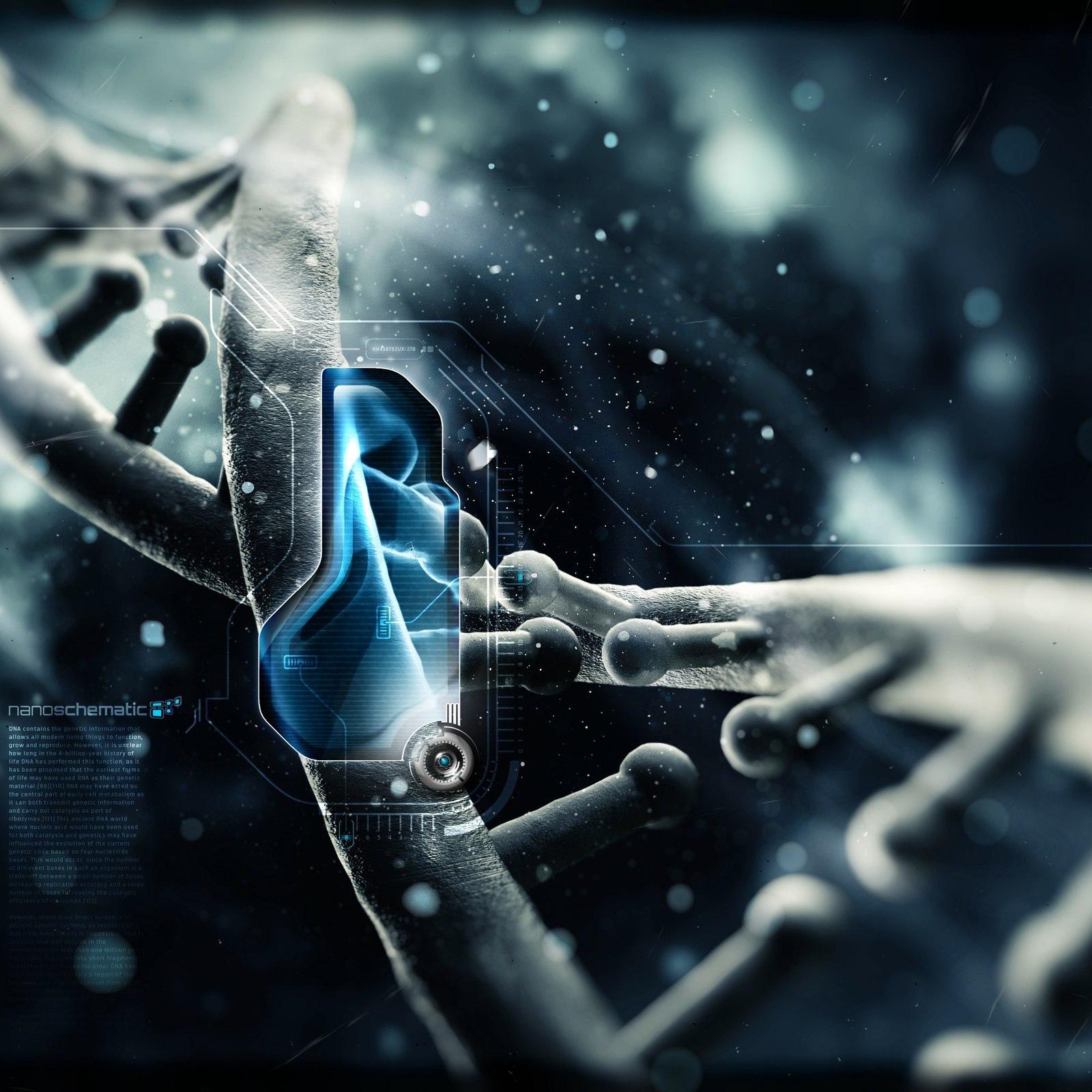Emergence of DNA Nanotechnology: Revolutionizing the Medical Field Globally
DNA nanotechnology is one of the most promising areas of science that is revolutionizing fields like medicine, biotechnology and materials science across the globe. This new and emerging field uses DNA and its unique self-assembly properties to engineer nanoscale shapes and programs. DNA nanotechnology holds enormous potential to transform healthcare and radically improve lives by precisely targeting and delivering treatments.
DNA Origami Opens Up New Possibilities
In the early 2000s, scientists discovered that short strands of DNA could be programmed using a technique called DNA origami to self-assemble into two-dimensional and three-dimensional shapes at the nanoscale. This opened up endless possibilities for using DNA as a programmable construction material. DNA origami allows scientists to design and fabricate complex nanostructures and devices with unparalleled precision. Researchers are now using DNA origami to build custom nanovehicles, nanorobots and targeted drug delivery systems.
Building Smart Drug Delivery Systems
One major focus of DNA nanotechnology research is developing smart drug delivery vehicles that can selectively target diseased cells and tissues. Conventional drug delivery methods lack specificity and precision, resulting in harmful off-target effects. DNA origami nanocontainers hold promise to safely and efficiently ferry drugs right where they are needed in the body. Scientists have successfully used DNA origami to construct nanocubes, nanorings and other complex shapes that can encapsulate therapeutic molecules. Furthermore, these DNA-based nanocarriers can be programmed to only release drugs upon detecting certain molecular biomarkers associated with cancer or other diseases. This targeted approach could revolutionize treatments by maximizing therapeutic benefits and minimizing side effects.
Using DNA Nanobots for Medical Interventions
Beyond drug delivery, DNA nanotechnology is enabling the development of complex nanorobots capable of sophisticated medical tasks inside the body. Research teams have designed and built DNA walkers, grippers and swimmers that can propel themselves and transport payloads using fuel molecules. The next frontier is enhancing these nanodevices with capabilities like sensing, decision-making and collective intelligence. Networked DNA nanobots working together toward a common goal could one day precisely target, diagnose, remove foreign objects or destroy diseased cells. This could enable minimally invasive interventions for conditions previously requiring open surgeries or that lack effective treatments.
DNA Nanodevices for Tissue Engineering and Regenerative Medicine
Tissue engineering uses living cells and biomaterials to regenerate damaged tissues and replace those lost to disease or trauma. It holds great promise for conditions like arthritis, diabetes and neurodegenerative diseases. However, current techniques lack precise control over cellular organization at the nanoscale level required to construct functional living tissues and organs.Here, DNA nanotechnology is emerging as a game-changing enabling technology. Researchers have developed 3D DNA scaffolds that can spatially arrange cells with nanometer precision during the tissue engineering process. In addition, DNA sensors and circuits are being designed inside live cells to control fundamental cellular processes. This level of programmable, directed control over cellular behavior at the molecular level could revolutionize regenerative medicine by generating complex living tissues and personalized replacement organs from a patient’s own cells.
Global Collaborations Driving Innovation
Fueled by seminal breakthroughs and ongoing advancements, DNA nanotechnology research is rapidly progressing across the globe through innovative academic-industry partnerships. International collaborations allow scientists to leverage complementary expertise, infrastructure and funding resources. For instance, the US National Science Foundation and Netherlands Organization for Scientific Research formed a joint initiative to develop targeted drug delivery systems using DNA origami. Additionally, the UK Biotechnology and Biological Sciences Research Council supports a multidisciplinary team from universities in the UK, China and France focused on applications in regenerative medicine. Such global research consortiums will be crucial to translate DNA nanotechnology discoveries into real-world medical solutions that improve lives worldwide.
Regulatory and Ethical Considerations
As with any rapidly advancing technology, DNA nanotechnology's responsible development requires addressing regulatory oversight and societal impacts. Although self-assembling DNA devices are intrinsically non-toxic and biocompatible, long-term effects of their use in humans must still be evaluated. Governments will need updated guidelines for evaluating and approving DNA nanomedicines, nanorobots and other nanoscale products. Furthermore, issues around data privacy, cybersecurity, and equitable global access to future medical applications must be addressed proactively. Overall though, DNA nanotechnology promises to usher in an era of personalized, precision therapies. If guided by foresight and wisdom, it could deliver revolutionary benefits to people everywhere by overcoming some of healthcare's biggest challenges.
DNA nanotechnology is still a nascent field but one poised to profoundly transform medicine and improve lives globally through advanced targeted treatments, tissue engineering capabilities, and more. Collaborative international research driving continued discoveries will be essential to fully realizing its enormous therapeutic potential. With responsible development and oversight, DNA nanomedicine could revolutionize how we diagnose, intervene, and regenerate damaged tissues and organs in the decades to come.
Get more insights on this topic :

